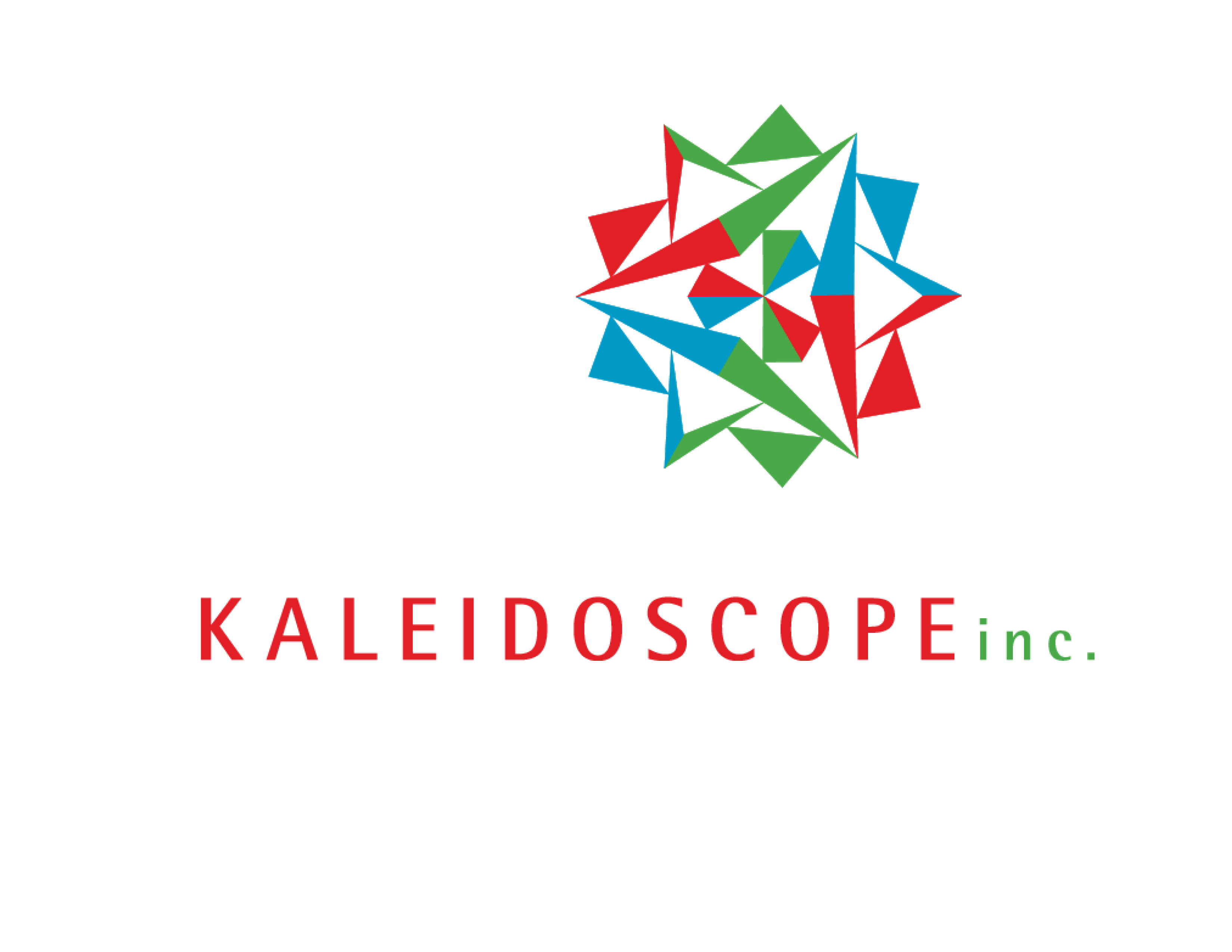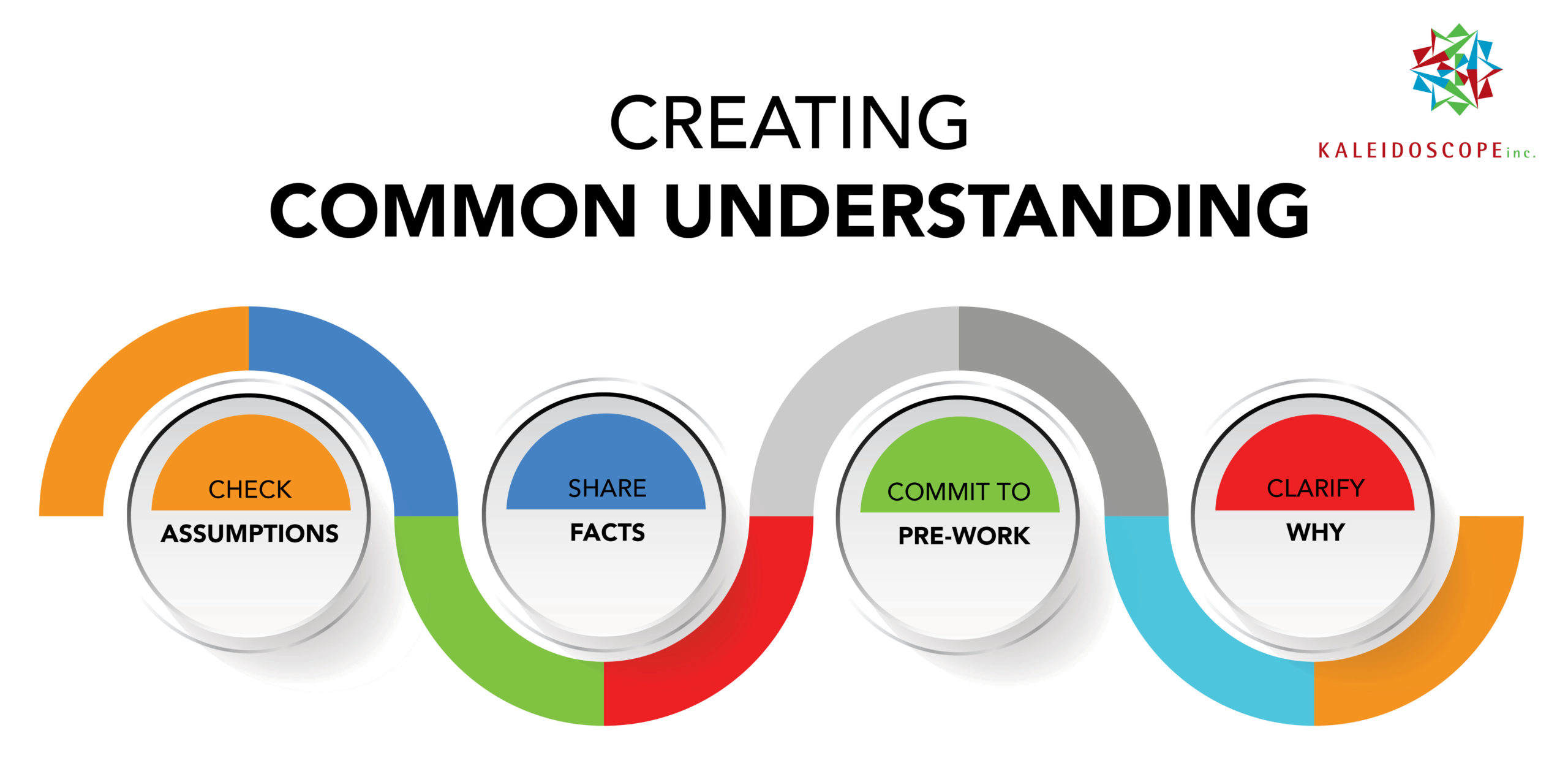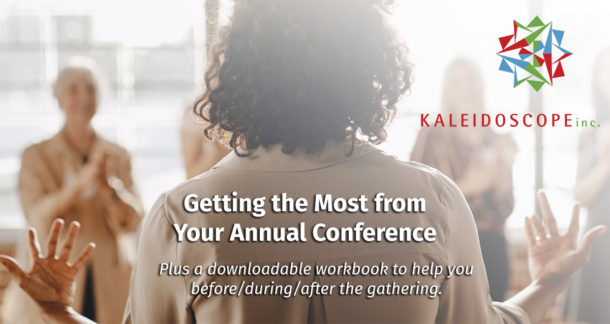I was in a meeting recently that went really, really well. At least I thought so until 10 minutes after the call. The leader of the group I was meeting with called me to say that the majority of the group had no idea what I was talking about. I screwed up.
Like many conversations with my wife and kids, I had started in the middle of my thoughts, assuming that they all knew the conversations that were happening in my head that preceded what I was saying. And, like those conversations, I left everyone confused. Uuugh. It was embarrassing and frustrating.
In the case of the meeting, I asked some questions and quickly figured out that we weren’t speaking a common language. I had made some assumptions, and they had to. Those two sets of assumptions were not aligned.
After my misstep happened, I started to see more and more of this happening all around me. It turns out – many of us have the same problem!
In the book “Moments of Impact,” authors Chris Ertel and Lisa Kay Solomon share that every strategic conversation needs to include these three things:
- Building Common Understanding
- Shaping Choices
- Making Decisions
In the illustration above, I had jumped straight to shaping choices and skipped over the step where we build understanding.
If I had just taken the time in my meeting to lay the groundwork and make sure we were all speaking from the same playbook, the group would have felt so much better about what I shared.
“Moments of Impact” reminds us that really good group processes have to start with a common understanding. Even when the meeting participants are “plenty familiar with the issues, the degree of noise and confusion around them makes it necessary to hold a building understanding session.” When you take the time to lay this foundation, you save yourself a lot of time clearing up confusion and embarrassment later!
“Building Understanding is hard work. Because adaptive challenges are messy and open-ended, it can be fiendishly hard to figure out how to start. It may be tempting to bring people together to explore an adaptive challenge without a clear goal in mind. Often these sessions produce a lot of great ideas, but aren’t set up to accelerate real change. While such an exercise might prove great fodder for a retreat or a professional development session, it’s not a strategic conversation.”
Next time you start any meeting or strategic conversation, I encourage you to take a few minutes and create common understanding.
Check the assumptions
It’s as simple as naming your assumptions and asking them to do the same. This important question not only opens up important conversations, it’s a great ice-breaker.
Share facts
Oftentimes strategic conversations go down the path of generalizations. It’s important to have a common set of facts that the group is working from. It’s also important, at this stage of the conversation, to stick to the facts – not why things happened, but simply the facts.
Ask people to commit to the pre-work
Set an expectation that when you are working on strategic conversations, all participants must commit to doing the reading, research, etc… that they are assigned before the meeting.
Clarify why you are doing this work
Are you working toward a decision? Are you solving a problem? Are you exploring options? What is the goal of the meeting and what do you want to accomplish? Limit the hoped-for outcomes to two or three items.
For me, I hated getting that call saying I missed the mark. It wasted their time and my own. Next time, I am going to follow my own advice and start by creating a common understanding!


